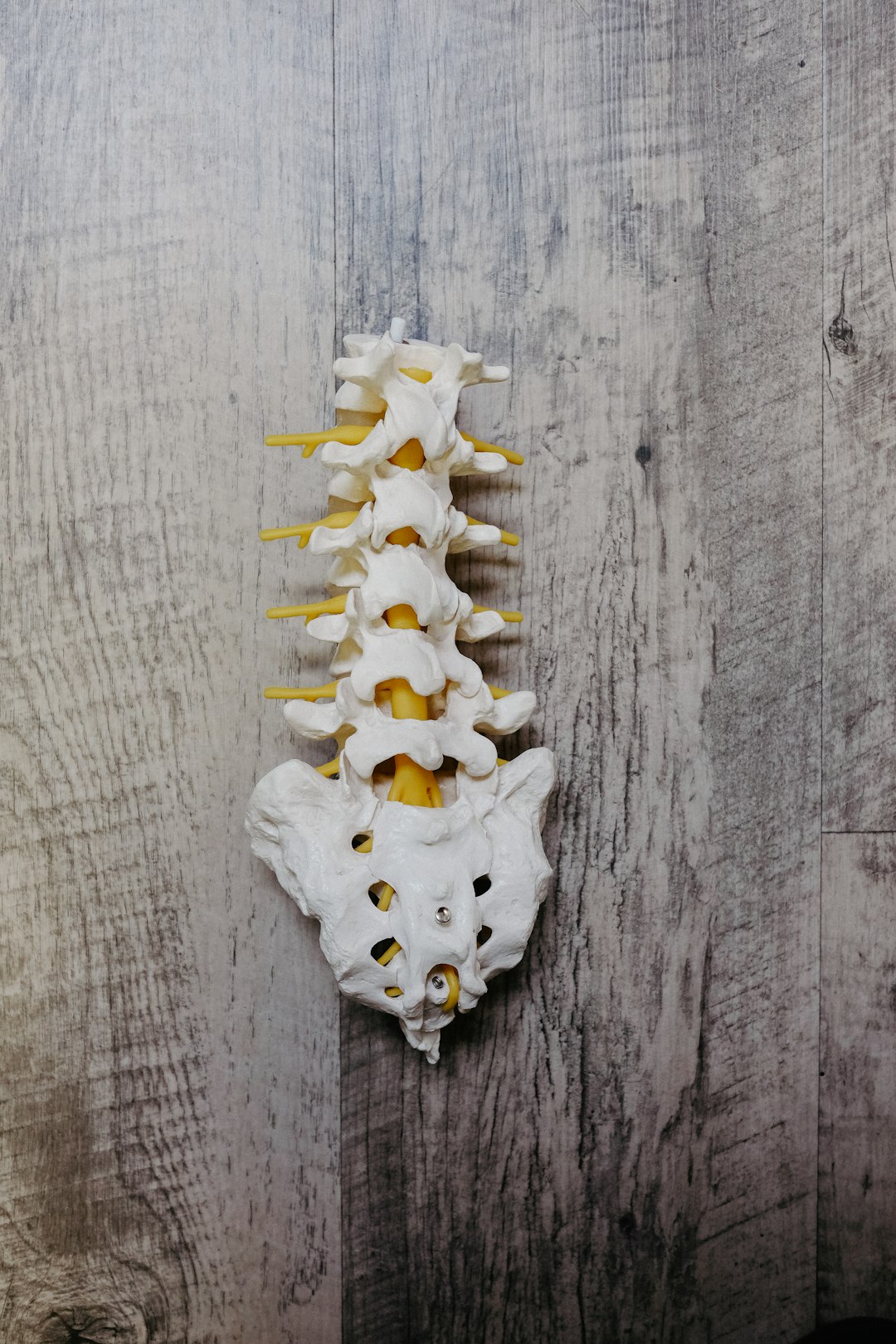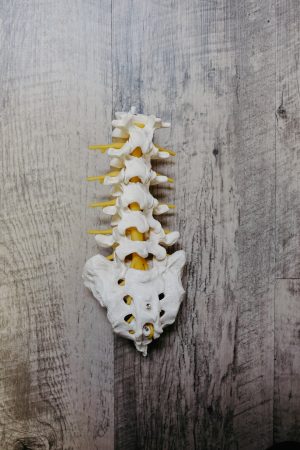- Understanding Sciatica and Its Impact on Daily Life
- Chiropractic Treatment for Sciatica Relief in Runaway Bay: What to Expect
Understanding Sciatica and Its Impact on Daily Life

Sciatica refers to pain that originates in the sciatic nerve, which runs from the lower back through the hips and down each leg. This condition is a common issue, particularly affecting people aged 30-50. The impact of sciatica on daily life can be significant, ranging from mild discomfort to severe, debilitating pain. Those suffering may experience tingling, numbness, or burning sensations in the affected leg, making even simple tasks challenging. Daily activities like walking, sitting, or standing for extended periods can become painful and difficult.
If you’re searching for relief, considering a chiropractor in Runaway Bay could be a wise step. A chiropractor near me offers specialized chiropractic care tailored to address sciatica. By manipulating the spine and joints, chiropractors aim to reduce pressure on the sciatic nerve, alleviating pain and improving mobility. Chiropractic care in Runaway Bay is accessible and effective, providing a non-invasive approach to managing sciatica and enhancing overall well-being.
Chiropractic Treatment for Sciatica Relief in Runaway Bay: What to Expect

If you’re searching for sciatica relief in Runaway Bay, a chiropractor nearby could be your best bet. Chiropractic care is a non-invasive and drug-free approach to managing pain, particularly effective for conditions like sciatica where nerve compression leads to sharp, shooting pains that can radiate from the lower back down the leg. Chiropractors in Runaway Bay are trained to diagnose the root cause of your sciatica through a combination of physical examination, x-rays or imaging tests, and patient history.
During your initial consultation, expect a thorough assessment where the chiropractor will discuss your symptoms, medical history, and lifestyle factors contributing to your sciatica. Treatment plans often include adjustments (manually applying controlled force to correct spinal alignment), stretching exercises, and advice on posture, movement, and at-home care. Regular visits may be recommended to achieve lasting relief and prevent future flare-ups. Remember to communicate openly with your chiropractor about any concerns or discomfort during treatment.
